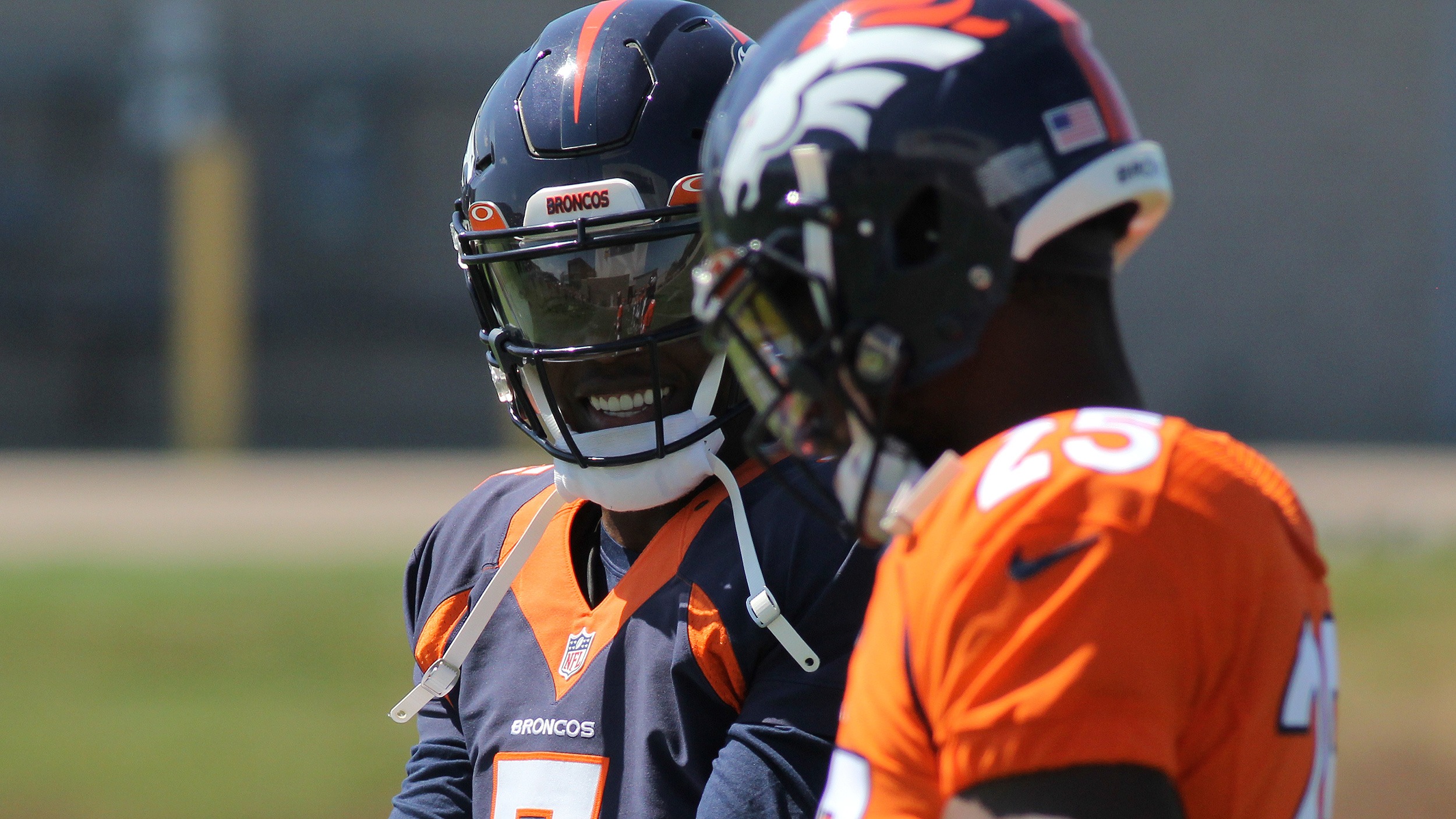© 2026 ALLCITY Network Inc.
All rights reserved.

ENGLEWOOD, Colo. — In the end, Teddy Bridgewater represented more of what Vic Fangio and the Broncos coaching staff felt the team needed right now.
More accuracy. More comfort with pre-snap checks and calls. More feel in a collapsing pocket.
And — perhaps most of all — the chance for more possessions that drain the clock, shorten the game and allow a team built around defense and the running game to maximize its chances for success.
That’s why, in retrospect, the final drive led by Bridgewater in Seattle last Saturday might have been the decisive one in the competition.
A duel that began the moment Bridgewater walked into UCHealth Training Center in the spring and heated up over the last four weeks of training camp and the preseason was likely decided by a 16-play, 87-yard march in the first half the Broncos’ 30-3 win.
Yes, that nine-minute, 47-second march included two fourth-and-1 conversions, which has been a subject of consternation among some onlookers.
But things first: The Broncos want to be in position to go for it on fourth-and-1 more often. It’s a trust thing — specifically, trust in the team’s short-yardage offense.
That was understandably absent last year, given that the Broncos’ conversion rate on third- and fourth-down plays with 1 to 3 yards to gain was just 58.5 percent, 27th in the NFL.
“Last year, statistically on third-and-2 and -3, which is like fourth down, you know we weren’t very good at it, so it doesn’t warm your heart — or my heart — to be going for it,” Fangio said in the moments after the preseason win at Seattle.
“If I have confidence, we’ll do it.”

Plays like that are how drives stay alive. And the four preseason drives led by Bridgewater — all of which ended in scores — consumed an average of six minutes and 1 second, with the Broncos averaging 3.75 first downs per series.
Meanwhile, the Broncos had eight drives led by Lock. One of them was in the two-minute drill. The other seven lasted an average of three minutes and 2 seconds, with 1.57 first downs per possession.
None of Bridgewater’s drives the last two weeks ended in three-and-outs. Two of Lock’s did, and while every play and drive has a story, this continued a trend from last year.
Last year, one out of every 3.26 drives guided by Lock ended without a first down, including series that ended in a giveaway, a turnover on downs or a field-goal attempt. Conversely, just one of every 5.31 Bridgewater-led possessions ended without a first down.
For three-and-outs specifically — series that ended in a punt and without a first down — one of every 4.72 Lock-led series went three-and-out — 29 out of 137. Bridgewater’s possessions with Carolina ended without a first down once every 8.11 series — and before he injured his medial collateral ligament, just one of every 11.5 series went three-and-out.
These numbers explain why the Broncos ranked 31st in plays per possession last year — 5.74, according to the data compiled by Football Outsiders — while the Panthers ranked 6th, averaging nearly a full play more per series (6.61). With most games seeing each team post between eight and 12 possessions apiece, those extra plays add up to a little more rest for the defense — and more opportunities for the offense.
Can Bridgewater stretch the field and take shots when the opportunities present themselves in a way that he did not in Carolina, especially down the stretch when he returned from an MCL injury? This is a valid question, and one that will likely define the ceiling of the Broncos’ offense with No. 5 as QB1.
But what he does do well could mesh perfectly with what Fangio wants: an offense that controls the tempo and doesn’t put the defense in many field-position situations where even its schematic and talent advantages are not enough to prevent points from accumulating on the scoreboard.
The Broncos’ hopes — and likely the future of Fangio and his staff — depend on this call being the right one.
Comments
Share your thoughts
Join the conversation




